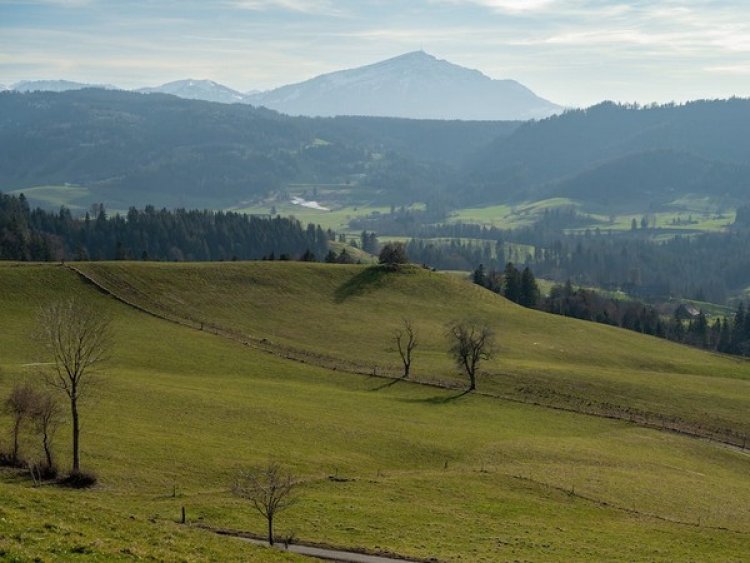Study highlights significance of grasses in preventing climate change

Washington DC, US: Initiatives to halt risky trends have been prompted by the growing effects of global warming, frequently by planting trees to absorb and store carbon dioxide from the atmosphere.
According to recent research led by Young Zhou from the Quinney College of Natural Resources and the Ecology Centre, small grasses, in addition to trees, have a significant role in carbon capture that is more significant than previously thought.
An effort was recently made to capture carbon in tropical savannas, an area where grasses and trees coexist. The project began a campaign to plant trees (afforestation) in order to capture carbon dioxide from the atmosphere, which led to carbon being stored in soils and in the woody biomass of developing trees.
Zhou and his colleagues set out to find out what role grasses played in this quest since, while the success of storing carbon in trees has been well proven through study, the role of carbon storage in soils has not been well defined.
The research team used a case study conducted in South Africa's Kruger National Park and data synthesised from tropical savannas all over the world to discover that savanna soils enriched with carbon from grasses had noticeably higher carbon contents.
They discovered that grasses, including soils directly under trees, accounted for more than half of the soil carbon concentration in tropical savannas. This highlights the crucial part grasses play in storing carbon in tropical savannas.
As tree cover increased across tropical savannas, their data revealed both carbon gains and losses. The greatest difference was noted in savannas with more rainfall, where tree planting is more likely to succeed, as well as in places with clay soils and savanna sites with significant contributions of carbon storage from grasses.
“This underscores the nuanced nature of increasing tree cover on the dynamics of carbon in savanna soils,” Zhou said. “On average, the increase in soil carbon storage resulting from the expansion of tree cover across tropical savannas is negligible.”
This discovery is consistent with the team's earlier Nature paper, which found that increasing tree cover due to fire suppression boosted carbon storage in woody biomass but had no effect on soil carbon storage.
"Our findings challenge the commonly held assumption that afforestation uniformly boosts soil carbon storage," Zhou said. "However, we have yet to pinpoint the precise factors responsible for the substantial variation observed in the soil carbon storage response to increased tree cover across tropical savannas."
In general, forests primarily store their carbon in the woody trunks and aboveground leaves. In contrast, a significant portion of carbon in grassy ecosystems, such as savannas and grasslands, is stored in the soil, primarily within the extensive root systems of the grasses as well as decaying organic matter.
In the context of long-term carbon storage, carbon retained in soils proves to be more reliable, particularly for a vulnerable future marked by warming and increased likelihood of drought and wildfires, he said.
“It makes even more clear that savannas play crucial roles in the global carbon cycle in their unique ways, underscoring the importance of preserving and protecting these ecosystems in an equitable manner,” he said.















































